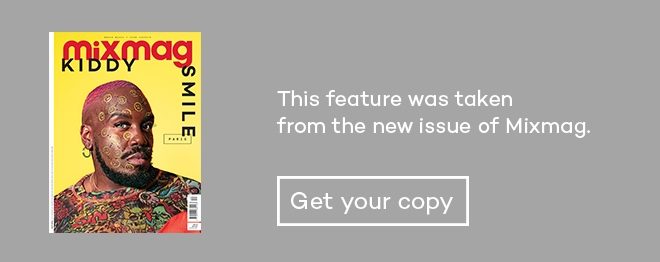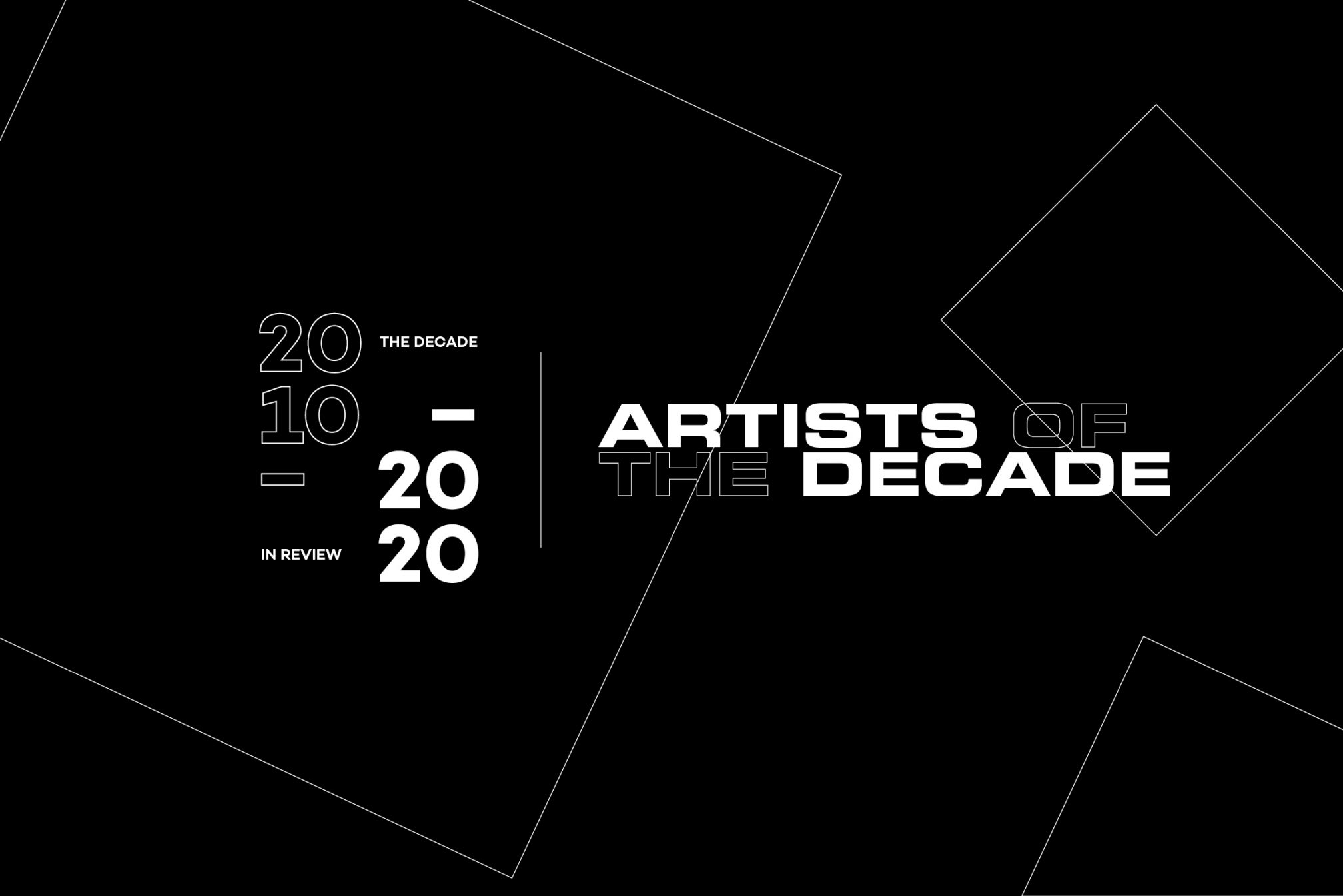 Features
Features
The 22 artists who shaped the decade
Defining a decade in dance music
Defining a decade isn’t about selling the most records, making the most money, or building the biggest personal brand; it’s about shaping the culture, leading by example, building a scene or inspiring a movement. Since 2010, electronic music has exploded in a blaze of creativity from the twin big bangs of EDM and dubstep, ricocheting in new experimental directions, rediscovering its roots and setting down new ones. These are the artists who shaped this decade.
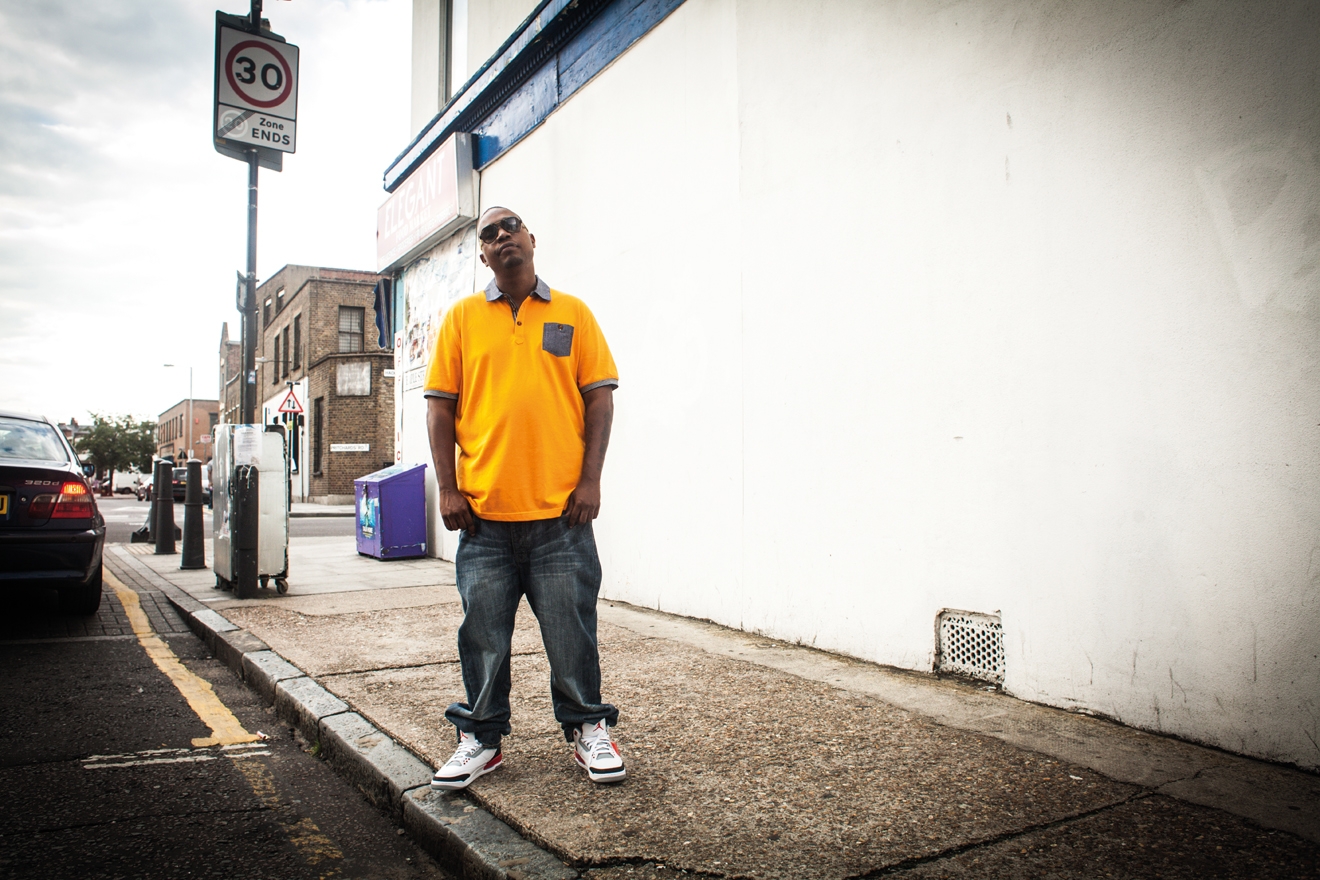
DJ Rashad
The footwork innovator we lost too soon
There’s something doubly cruel about an artist passing away at the peak of their creativity. In 2014 DJ Rashad was 34 and busy taking footwork – the 160bpm offspring of juke and ghetto-house that’s native to his birthplace, Chicago – to the world. He’d just released ‘Double Cup’, his best album and a milestone for footwork in terms of production value, arrangement and the way it seamlessly incorporated influences such as trap, r’n’b, acid and jungle. He’d remixed Snoop Dogg and toured with Chance The Rapper. He was about to cross this fun, frenetic sound over into the mainstream. Having founded footwork’s foremost crew, Teklife, and been one of the first footwork DJs to tour internationally, alongside best friend and DJ sparring partner DJ Spinn, Rashad was undoubtedly the king of the genre before his death on April 26 of that year. Amazingly, six years on, his reputation is still as intact as if he were alive and producing. A slew of tribute compilations, posthumous releases and online testimonies make it feel as though Rashad is still here with us, guiding the genre and his protégés, including DJ Earl, DJ Taye and the Teklife foot soldiers stationed across the globe. The hard drives he left behind are seemingly endless, and the energy he unleashed has given rise to footwork scenes from Tokyo to Warsaw. But maybe it was his belief in collaboration, his dedication to making footwork an inclusive scene and the way he built a global community that is his biggest legacy. In these end times, his attitude seems like a key lesson for life, not just for music. Seb Wheeler
Read this next: Chicago OG Jana Rush creates unconventional footwork that's making an Impact
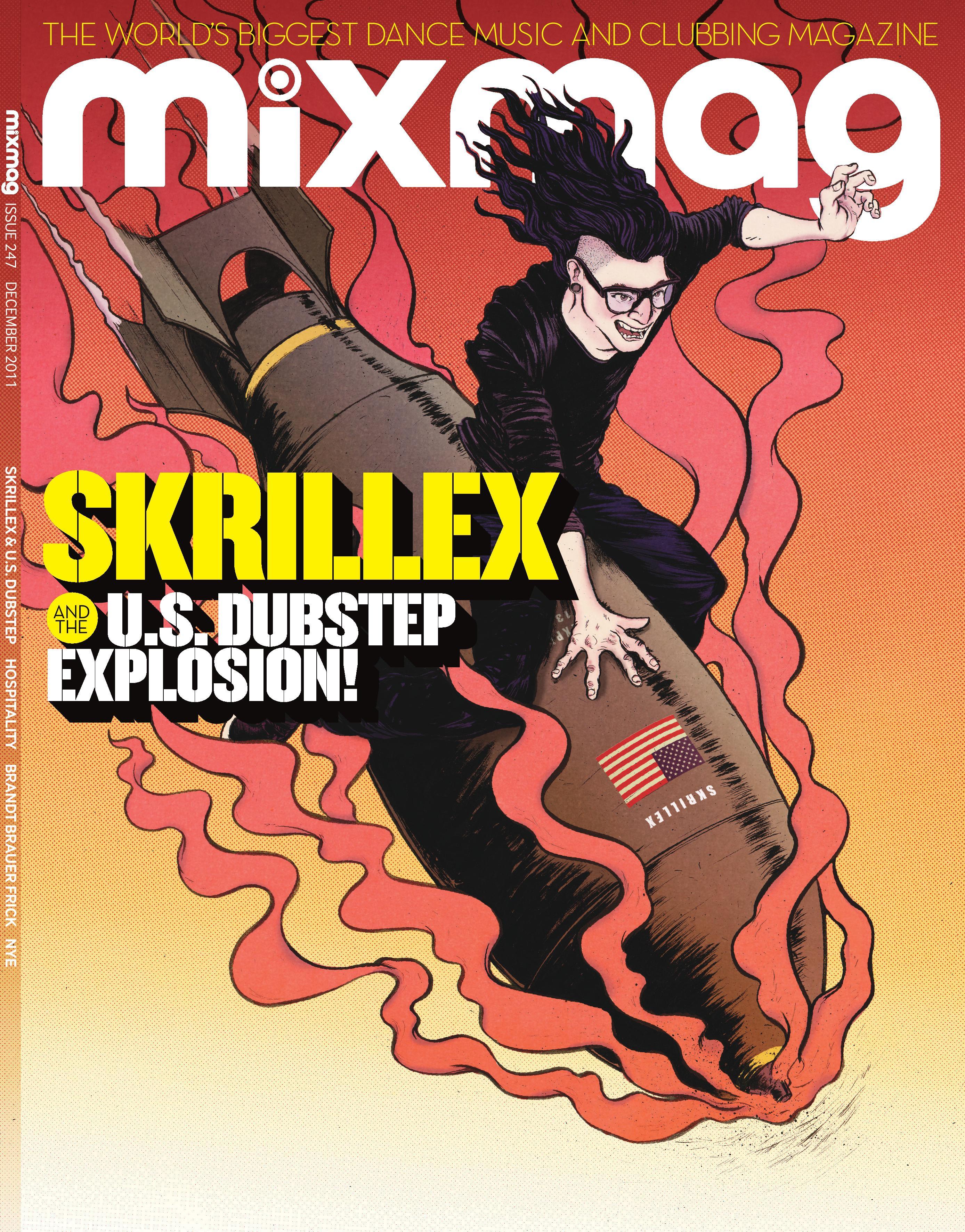
Skrillex
Dubstep’s first global superstar went on to become a production powerhouse
It’s easy to forget how divisive Skrillex was in the opening years of the decade. His hyperactive take on bass music had dubstep fanboys calling for his head from behind the safety of their keyboards, while his tracks racked up tens of millions of plays and turned a generation on to the joys of being blasted in the face by military-grade wobble bass. But while early caricatures penned him as an upstart Californian, raised on metal and trying his hand at something he didn’t really understand, as the decade progressed he became recognised in all quarters as one of the most important electronic producers of his generation. After being made a poster boy for what (slightly unfairly) became known as brostep, Sonny Moore moved on, setting the future blueprint for pop, producing game-changing tracks for Justin Bieber alongside Diplo under the Jack Ü banner, and working with FKA Twigs and Kelsey Lu. While his sets still tend to go for the jugular (subtlety isn’t the name of the game in the stadium-sized spaces he frequents) he’s created one of the most incendiary live shows in dance music, in contrast to the hands-in-the-air formula of most EDM shows. Sean Griffiths
[Illustration: Babycrow]

Annie Mac
Radio 1 presenter with an unbeatable track record for breaking new artists this decade
As a mainstream tastemaker and agenda setter, Annie Mac’s influence in the UK has been unrivalled this decade. When she emerged in the mid 2000s, her USP was accessibility, her role on her Radio 1 show being similar to that of an older sibling enthusiastically encouraging you to get into dance music – a refreshing change from the white label boys’ club that dominated much of mainstream dance music broadcasting up until that point. And in the last 10 years she’s taken that role and supercharged it. Her Annie Mac Presents brand has gone from a touring club night to one of the the most important entities for breaking new music in the UK, encompassing huge shows at venues like The Warehouse Project, Printworks and Brixton Academy as well as a conference and her Lost & Found Festival in Malta. She’s been instrumental in helping break everyone from Disclosure to Denis Sulta to Stormzy through her Radio 1 show, and while her scope has broadened due to her bagging Radio 1’s evening slot – arguably the most important show for new music in the UK – her Friday night dance music slot is still the go-to place for exclusive premieres from big-hitters and the first place to hear tomorrow’s dance music megastars. She’s been instrumental in the fight for gender parity in dance music via her work with Smirnoff on their Equalising Music campaign and the booking policy for her own events. Oh, and that’s before we even mention the serious pull she has as a club DJ herself. Sean Griffiths
[Photo: Derrick Santini]

Jamie Jones
He led the deep house charge – and changed The White Isle forever
No-one has defined the sound of Ibiza in the 2010s more than Jamie Jones. Through the 2000s, the North Wales DJ slowly built his career on The White Isle and in London through flyering, playing workers’ bars and throwing warehouse parties in the East End of London. By 2010 he was a resident at Circoloco, and two years later he had his own party at DC10, the club that had already played such a huge role in his musical and personal development. And while his DJ sets and Paradise brand became omnipresent at festivals and the biggest clubs the world over, the sound pioneered by his Hot Creations label also became pretty inescapable, and arguably kick-started the deep house phenomenon of the mid-2000s. A taut, slinky and groove-filled take on house and techno, the music on the label drew from the well of classic dance music labels like Trax or Strictly Rhythm, but always sounded either of-the-moment or futuristic. It introduced us to some of the biggest players in the game right now, like Patrick Topping, wAFF and Richy Ahmed (DJs no doubt inspired by Jones’ trajectory from Ibiza worker to one of the world’s biggest DJs) – and even spawned a live band project alongside his compatriots Lee Foss, Ali Love and Luca C which spawned ‘Benediction’, one of the decade’s biggest crossover house tracks. In fact, for a long time this decade, no-one’s had a better ear for a track that was going to work just as well on the dancefloors of Ibiza and Miami as on the radio as Jamie. Ralph Moore
[Photo: Dove Shore]

AviciI
EDM’s biggest star – and biggest loss
Arguably the biggest and most recognisable solo star of the EDM boom, Tim Bergling’s rise – discovered as a producer via forums, early collaborations with established names, breaking through with what remains EDM’s biggest anthem in ‘Levels’ and metamorphosis into a festival-headlining superstar DJ – would become a template for a score of others to aspire to. But Bergling also plotted a course out of the EDM bubble; it’s almost impossible to imagine just how epochal and controversial his set at Ultra in 2013 was, debuting tracks from his country-influenced album ‘True’ with a live band to the befuddlement of the vast majority of the dayglo-clad crowd. That evolution, though, would turn him into a global pop star in his own right. But this story would not have a happy ending. Bergling struggled to cope with fame, substance abuse, ill health and collosal work demands, and his tragic decline, seemingly captured in real time in the at-times harrowing documentary Avicii: True Stories, would culminate in his death aged just 28 in 2018. Aside from his legacy as a prodigious musical talent, his tragedy furthered the conversation about artists’ mental health that continues to resound through the industry. His father’s talk at IMS last year is a must-see from a parent’s perspective, too. Round-the-clock advice and a listening ear can be found at www.musicmindsmatter.org.uk. Duncan Dick
Read this next: Maximum Levels: Avicii turned electronic music into a global phenomenon

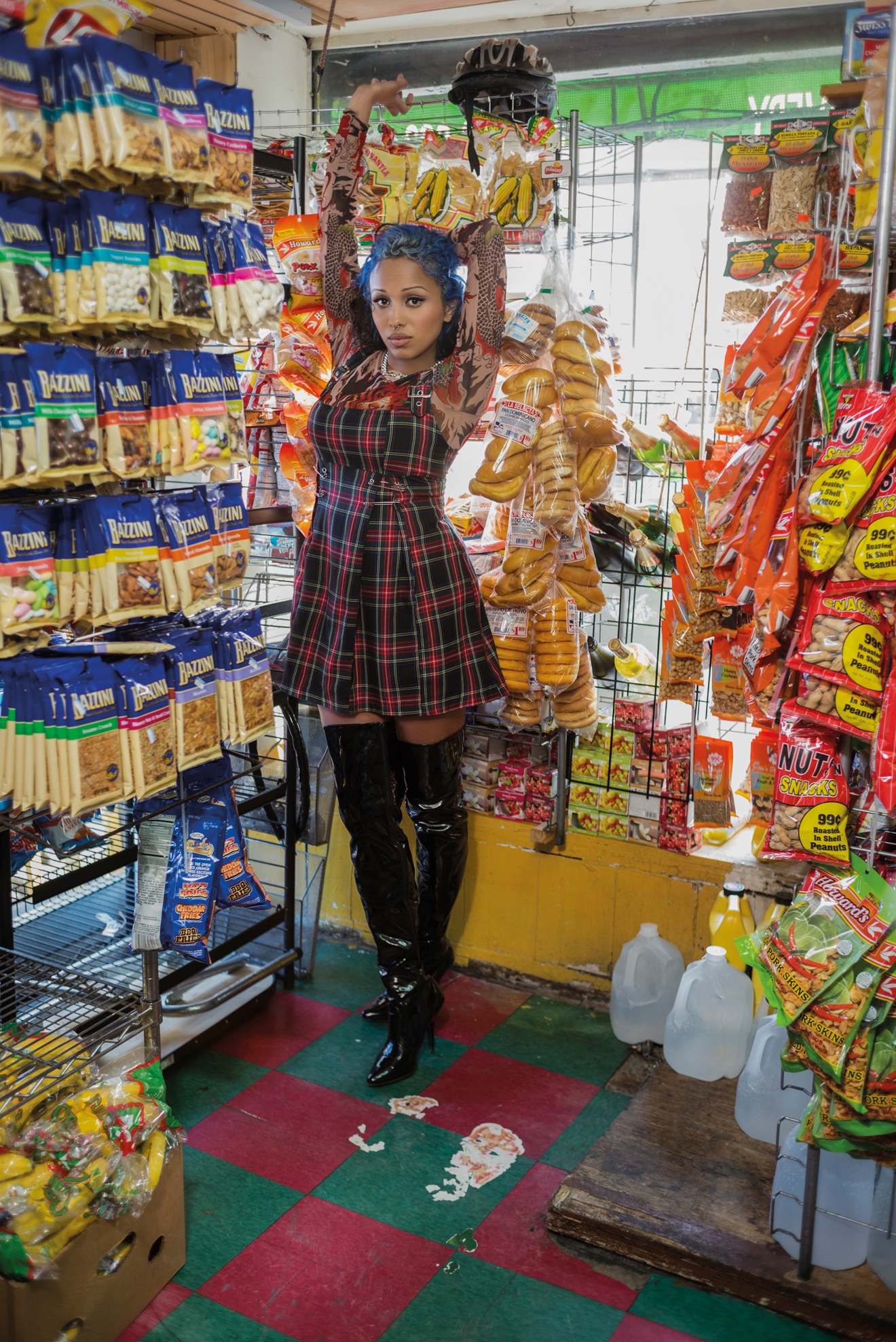
Venus X
The DJ who shook up New York’s club scene – and launched the ‘experimental’ wave
Venus X is the native New Yorker behind club night GHE20G0TH1K (pronounced ‘ghetto gothic’). The night started in 2009, as somewhere founder Venus could party with her friends. It’s since grown into an influential New York nightlife staple, the likes of Total Freedom (aka the father figure to Venus’ mother, when it comes to the club scene’s family tree), LSDXOXO, NGUZUNGUZU and Kingdom some of the many associated with the party. As a DJ, she’s a pioneer of the frenetic, disruptive and edit-filled style that bulldozed into dance music this decade and resulted in an influx of artists, (alternative) parties, mixes, think pieces and more honed in on the chaotic, experimental and sexy rap-via-baile-funk via Jersey club via r’n’b via whatever you want sound being mixed by the likes of Venus at thrill-seeker speed.
The GHE20G0TH1K reach extends much further than just influencing artists to experiment with their blends or their mixes. It’s about a space where you can let your freak flag fly, step away from homogenised dance music norms and be embraced wholeheartedly for who you are and what you represent. Politics, race and gender are always at the forefront of Venus’ lips, be it in interviews, on her Instagram or even through her clothes (shopped, perhaps, from her Planet X store). In the past 10 years Venus has led her party, her people and her ethos from a New York warehouse right out to the global stage – her underground roots untethered despite her fashion industry praise, modelling campaigns or her M.I.A. tour booking. “People say, ‘Well, you’re not underground any more’,” she told us back in 2017, “but our ideas are very underground and what we do and who we represent and who we bring together and how we use our powers is still very radical.” Jasmine Kent-Smith
[Photo: Drew Gurian]
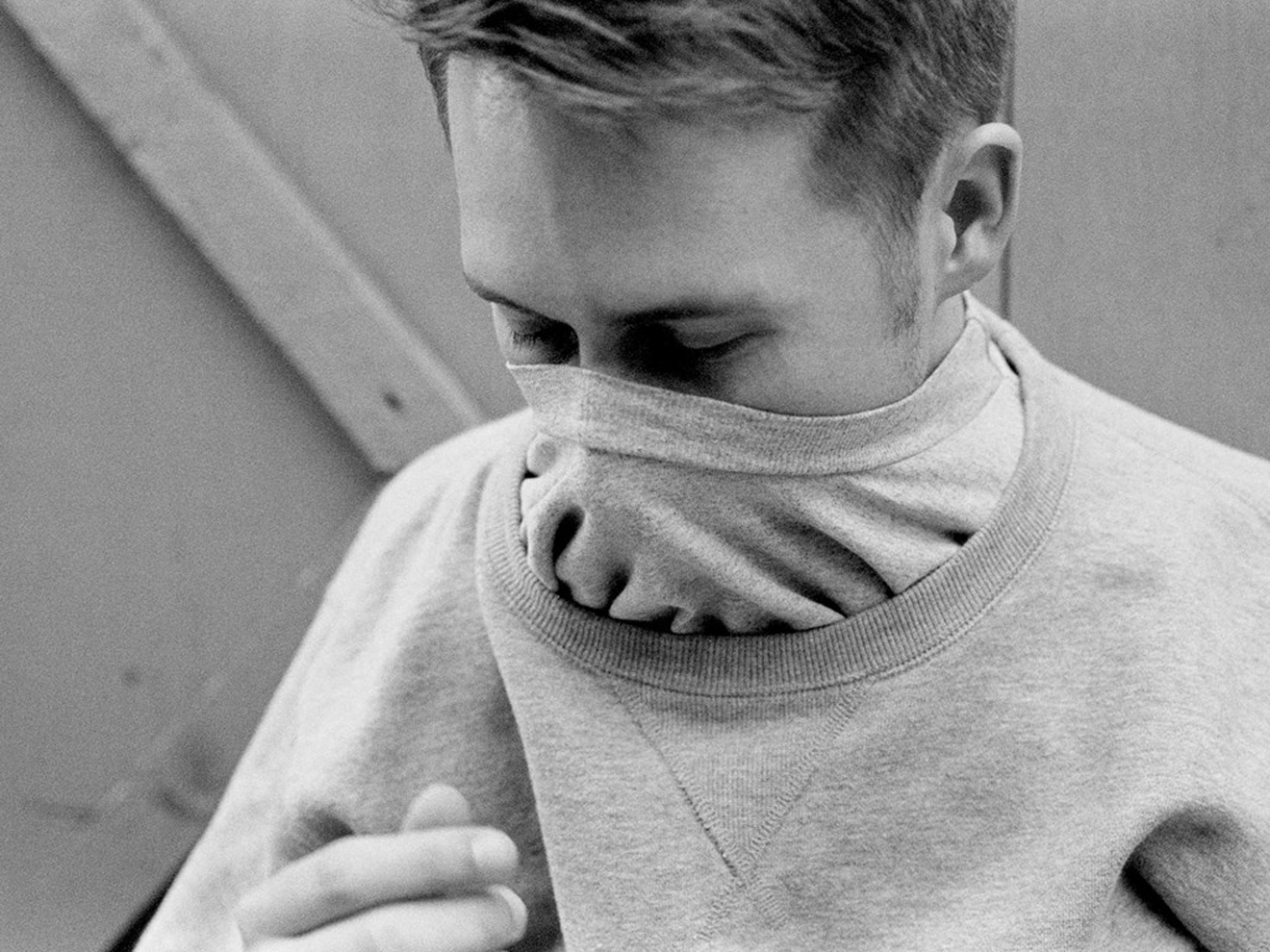
Joy Orbison
Plotted a post-dubstep course of hybrid sounds
Whatever you want to call him, be it Joy O, Joy Orbison, Ray Keith’s nephew, Hessle Audio affiliate or even just the lad who made 2009’s breakthrough post-dubstep anthem ‘Hyph Mngo’, Peter O’Grady is the South Londoner who’s spent the past decade successfully navigating genres, labels and fickle music trends in his own way, at his own pace. Despite its ‘09 release, the domino effect ‘Hyph Mngo’ had on the waning dubstep scene and its new-fangled love affair with techno tropes and hybrid house ignited an army of rising young guns and played a vital role in the 2010’s bass music shift. However, O’Grady never seemed to return to those sounds. Instead he favours rich, cross-pollinated rollers packed dense with influences and stylistic motifs, collaborative work with the likes of Boddika or Ben Vince and instantly recognisable samples (‘Sicko Cell’, ‘Ellipsis’, ‘The Shrew Would Have Cushioned The Blow’, the list goes on…). He does it all under one alias, too – a trend that seems to be gaining traction as of late thanks to the loosening of rigid genre divides and the embrace of the polymath producer. Crediting his uncle for introducing him to UK garage and jungle as a youngster, today it’s Joyous O’s kaleidoscopic flair for everything and anything between house, techno, bass and even jazz that’s drawing in huge numbers at his festival gigs, enticing party-goers into his and Will Bankhead’s London party (and label) Hinge Finger, and holding him up as an industry figurehead – despite never having released an album. Jasmine Kent-Smith
[Photo: Will Bankhead]
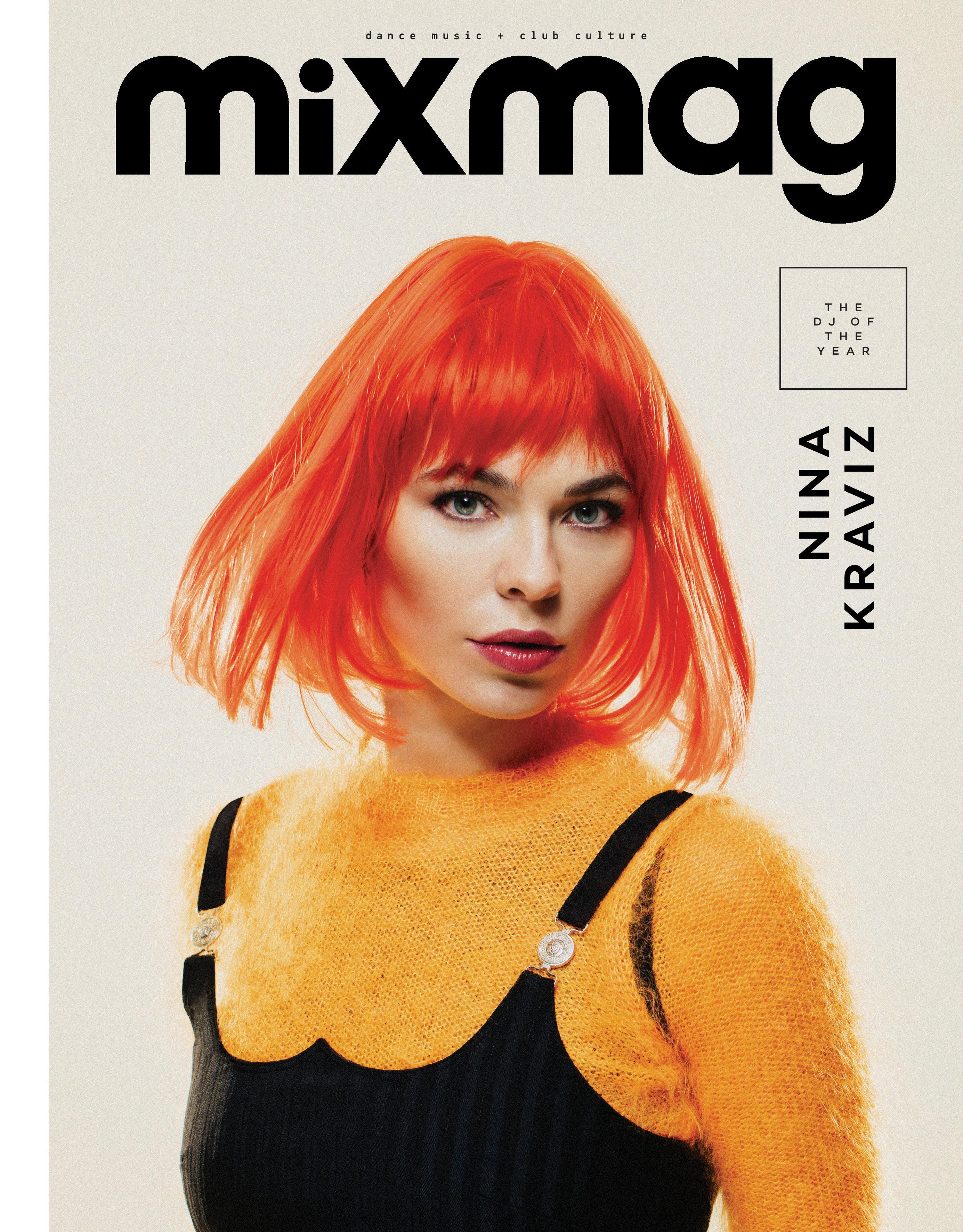
nina kraviz
Fearless selector who became the biggest DJ of the decade
An iconic, two-time Mixmag cover star, Nina Kraviz became the biggest DJ in the world today through sheer hard work and without ever compromising her vision: in fact, storms in a bathtub only served to make her stronger. Her world view is key here: she plays incredibly varied sets across the spectrum and history of dance music which have launched a thousand mini revivals from trance to breakbeat to, of course, her enduring love for the ghetto-house of labels like Dance Mania. “Music is a continuum connecting generations,” she told us, describing her willingness to reach into any era for the right record for the right moment. “You can play music from thirty years ago and it receives a new meaning by being reintegrated into a new context.” And we can’t forget her label Trip and her signings like Bjarki, not to mention remixes and productions aplenty, including her Rekids club jam ‘Ghetto Kraviz’, the record which helped launch her into the stratosphere. Ralph Moore
[Photo: Dan Medhurst]
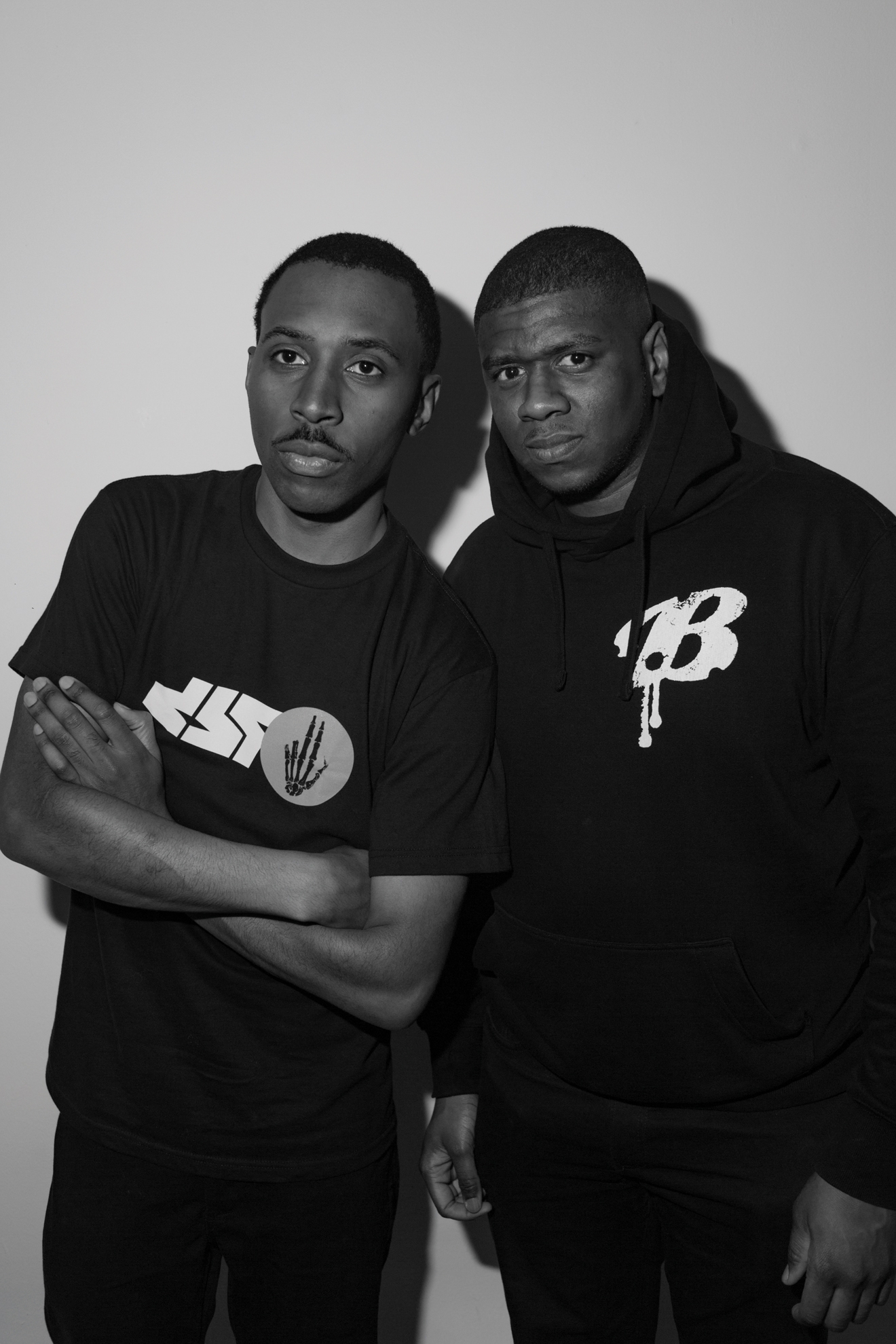
Elijah & Skilliam
The DJs who kept grime’s fires burning
Ask a teenager to associate an artist with the word ‘grime’ and it’s highly likely Stormzy will be the reply. Yeah, the MC’s 2015 track ‘Know Me From’ (along with Skepta’s 2014 release ‘That’s Not Me’) might have instigated a rewind to the genre’s formative years, but try telling East London DJs Elijah & Skilliam that grime was dead in the run-up to that and they’d educate you quicker than you could shout ‘Wheel it up!’ That’s because the pair’s Butterz label and club night has been a hub of shit-hot grime since 2010, releasing banging instrumentals by the likes of grime legend Terror Danjah, Royal-T, Flava D and Ruff Sqwad’s Rapid. Let’s not forget S-X’s modern classic ‘Woooo Riddim’, so greazy D Double E jumped on the beat for ‘Bad To The Bone’. The Butterz parties at the now-closed Cable in London were a dream for bass-thirsty ravers, combining explosive instrumental DJ sets with guest MC spots from the likes of Skepta and JME. D Double E, Ghetts and Kano passed through when Butterz transferred to fabric, keeping those grime icons fit and ready for grime’s later ascent into the big time. A Fabriclive mix and three compilations on Butterz (in 2015, ’16 and ’17) proved just how much longevity grime had, the genre’s success paving the way for black music in the UK – rap, drill and afrobeats – to flourish. So raise a gun-finger and pay tribute to Elijah & Skilliam for their part in it. Now let’s ’ave a pulllll up! Dave Turner
[Photo: James A Gould]
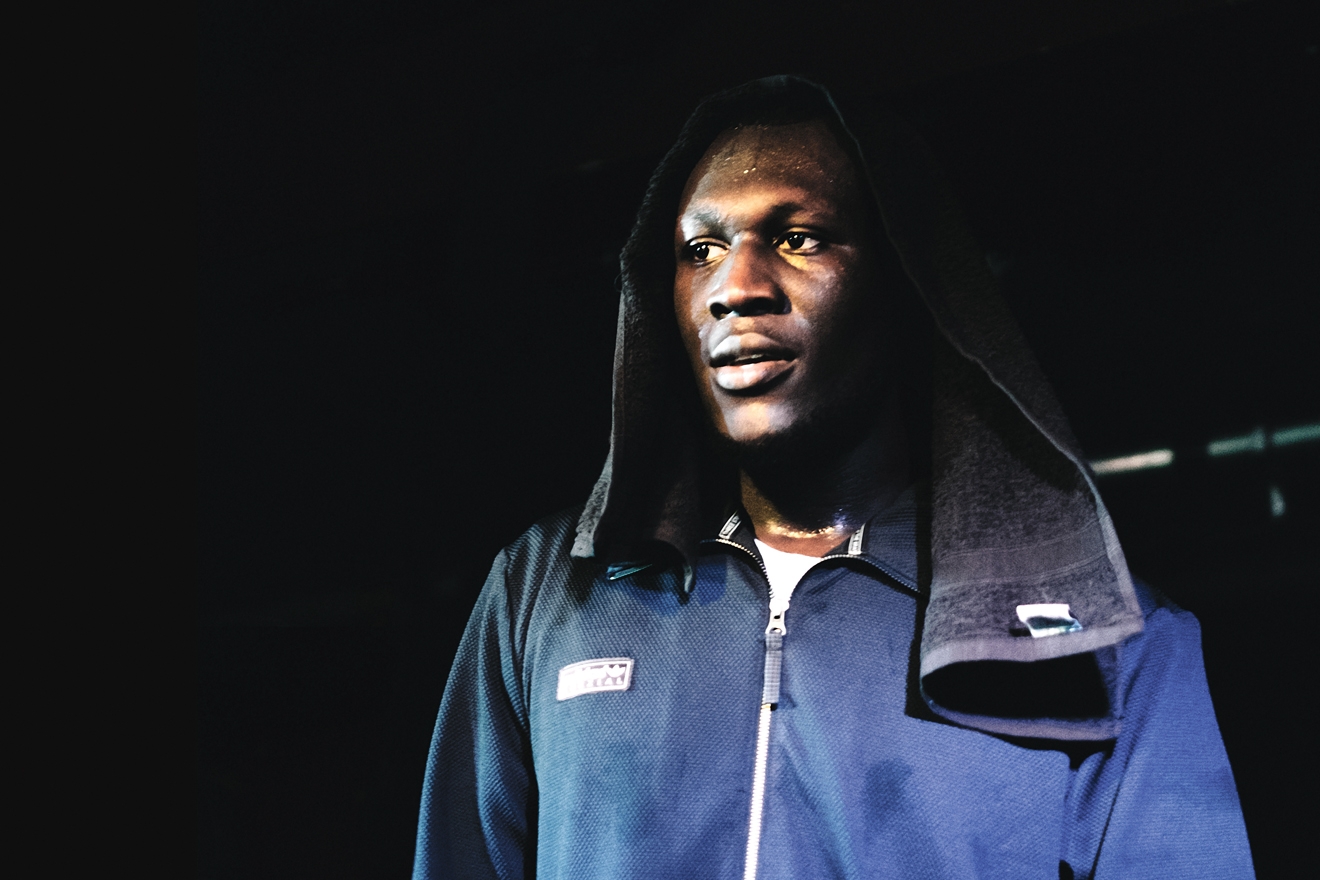
Stormzy
A global superstar grime
Stormzy’s headline spot at Glastonbury was an era-defining moment, not just for him, not even just for grime and rap, but for UK underground culture as a whole. The big visuals helped, of course, but for large sections of the set this was about the back-to-basics values of one mic and one DJ rocking a crowd. And Stormzy and DJ Tiiny showed that the combination of south London lyrical flow and pure UK bass could fill that vast field – and come across on the nation’s screens – just as effectively as Metallica or Coldplay or Adele. And both lyrics and beats are rooted in UK history. Stormzy, of course, burst into public view doing freestyles over vintage grime rhythms like Ruff Sqwad’s ‘Functions On The Low’ beat, and he continues to bring grime talents like Sir Spyro and Swifta Beater to huge audiences. But he looks back further, too. By picking MJ Cole to produce ‘Crown’ he nods to garage history, and when he name-checks Metalheadz classic ‘Da Bass II Dark’ in a lyric or pays respects to Congo Natty on meeting him at a festival, he acknowledges grime’s roots in drum ’n’ bass and even earlier generations of UK hip hop and dub too. Stormzy’s huge charisma, political engagement and musical talents have got him where he is, and are still constantly dazzling – but it’s also worth celebrating the fact that a star so young and so huge can also be a champion for these soundsystem culture values as grime approaches two decades of existence. Joe Muggs
[Photo: Courtney Francis]
Read this next: Stormzy at Glastonbury: A pulsating yet touching set from the UK star


Disclosure
Their slick sound exploded this decade –and conquered the US
When Howard and Guy Lawrence dropped their first EPs in 2011 and 2012, no-one would have had the audacity to suggest the pair would be headlining Madison Square Gardens in three years’ time. At the time, the brothers from Croydon were 18 and 21 respectively, and producing a sleek and soulful blend of bass-indebted house music from the comfort of their bedrooms. A few years after dubstep had reached its creative peak in the UK and splintered into the experimental and more luminous post-dubstep or wobble heavy brostep, there was a sense that people were hankering for a sound that was fun, accessible, and also more connected to the wider heritage of electronic music, and Disclosure were on hand to provide it. A year after they’d first pricked up the ears of the dance music community, they unleashed a bona fide crossover phenomenon in ‘Latch’ (and unveiled a pop megastar in Sam Smith), and their debut album ‘Settle’ came packed with a few more of the biggest crossover tracks of the decade. Arena tours and headline festival sets followed, and everyone from Madonna to Nile Rodgers queued up to work with them. The role they played in turning a young generation of US ravers – raised on the energy rush of EDM – on to quality house music, with a UK garage slant, was indispensable. Sean Griffiths
[Photo: Stephanie Sian Smith]
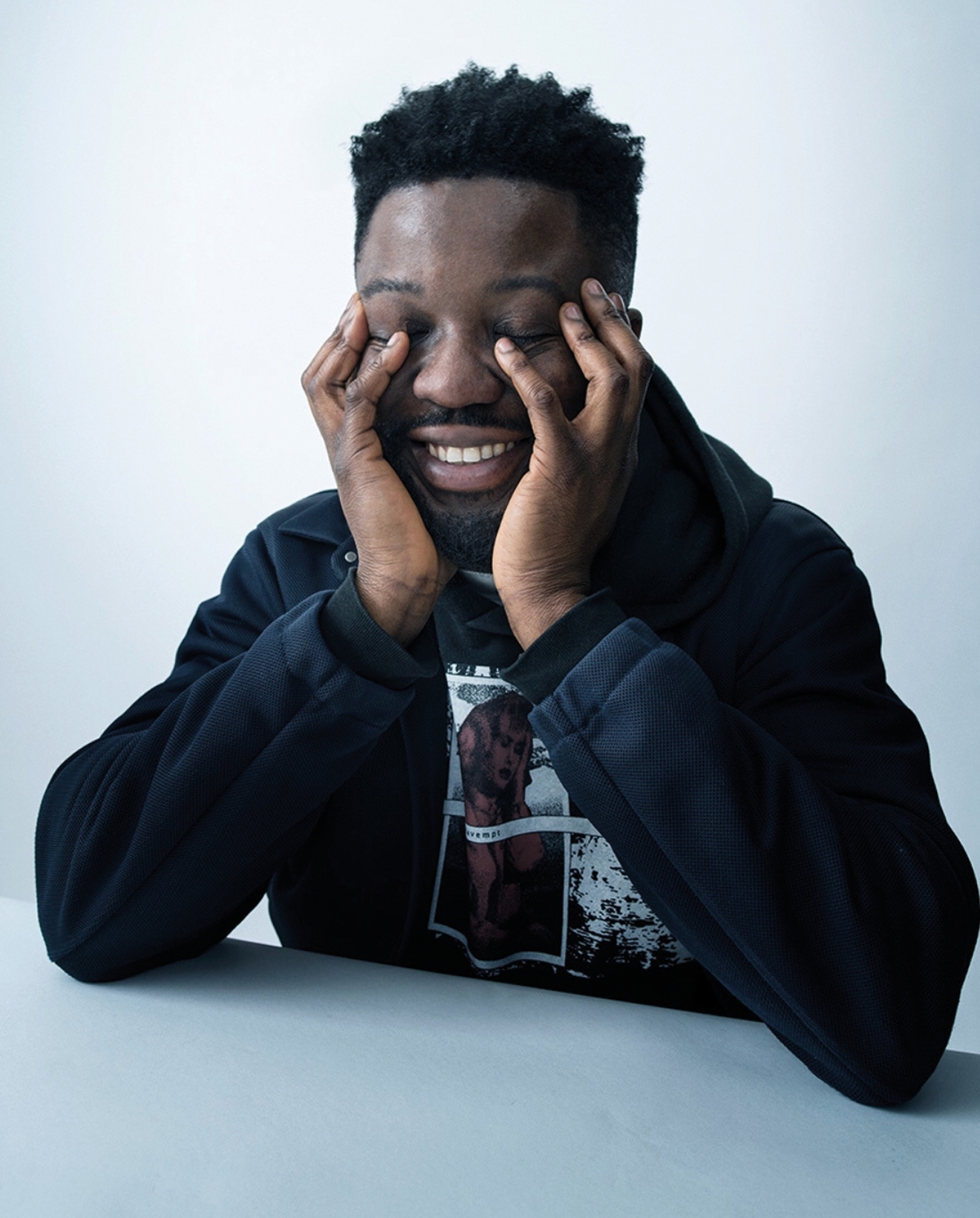
Femi Adeyemi
The man at the helm of London’s game-changing radio station, NTS
Pick any day of the week, or any time of the day, and you’re sure to find just about any niche sub-sub-genre you can find on London community station NTS. Founded in 2011 by Femi Adeyemi, since the station took up residence in its low-key Gillett Square location in London’s Dalston, it’s grown to accommodate over 150 shows, with live stations in London, Shanghai, Manchester and LA, broadcasting from over 130 locations worldwide. It’s not the global reach of the station that’s garnered NTS its reputation. Instead, NTS – and indeed Femi – are celebrated because of how they’ve managed to embed themselves into the foundations of contemporary electronic music without sacrificing independence or pandering to more commercial ways. Plus, they’ve introduced a new generation, too young for pirate and too passionate for the likes of Kiss, to the wonders of radio while championing, notably, a generation of female selectors. “I’m not one of those people who says radio is dead,” he told style platform SSENSE in August. “Far from it. But platforms like ours have taken the old format and modified it for a different kind of audience, so much so that the traditional stations are now taking cues from us.” With early interests in Plastic People, and even earlier in channels like MTV2, Adeyemi’s trajectory from Curtain Road regular to radio pioneer stemmed from his first love; the music. And for many, his station is the place to hear new, exciting material, rare b2bs, tune into specialist programming and indulge in your favourite radio host; Moxie, DEBONAIR and Alexander Nut just some of the station’s key selectors, with everyone from Neneh Cherry to Prosumer to comedian Stewart Lee stopping by for guest slots. NTS is a benchmark for a generation who aspire to one day fade in that familiar ASMR-inducing “N...T...SSSSSS” jingle, and an online home away from home for those who have grown up alongside it. Jasmine Kent-Smith
[Photo: Tim Walker]
Read this next: 13 of the best dance music sets on NTS Radio
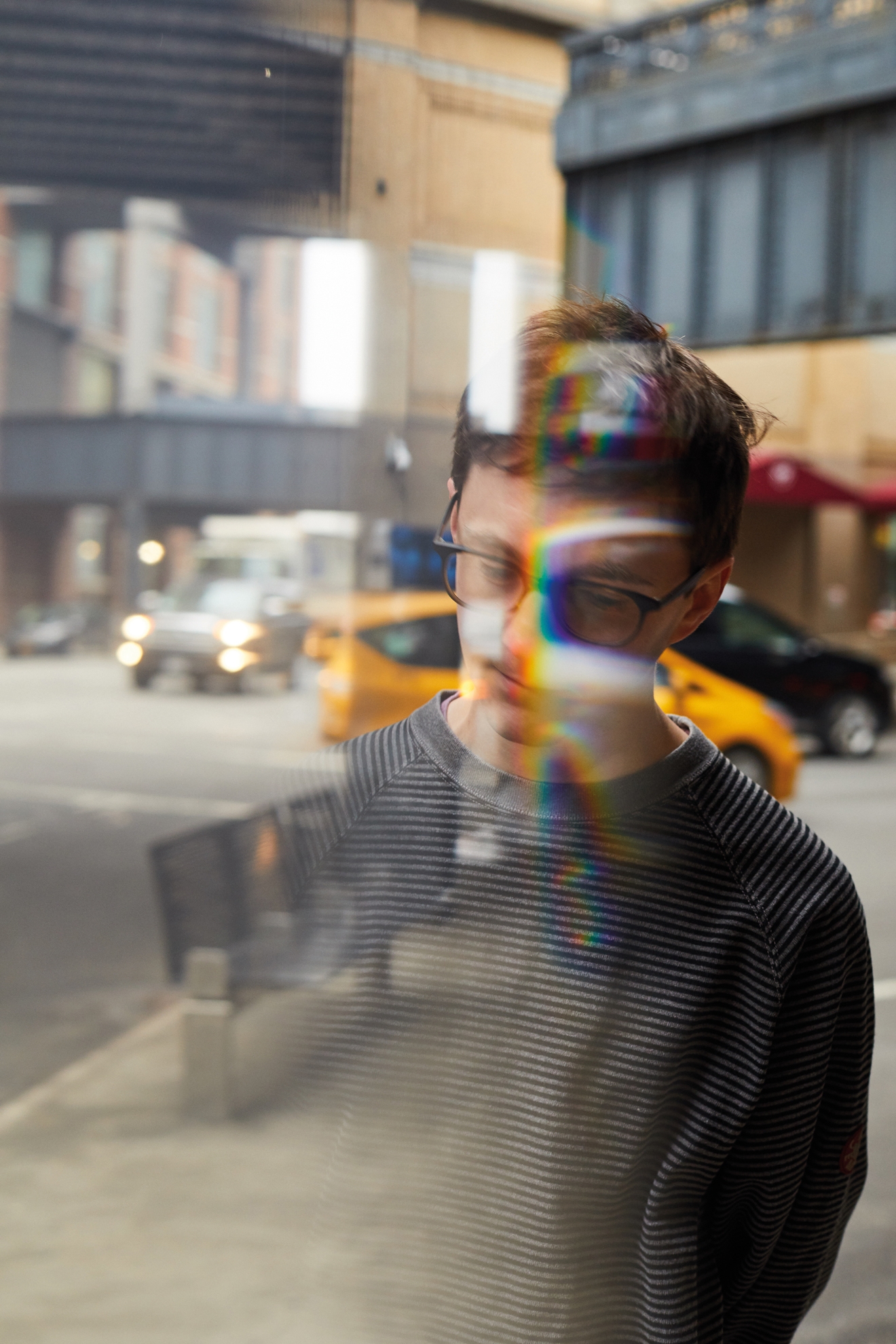
Ben UFO
Defining the post-dubstep reality with his total refusal to accept musical boundaries
If UK dance music were to elect an ambassador, Ben UFO would be that man. Over the past decade he’s grown into one of the best-loved DJs on the planet, all the while maintaining a ‘ride or die’ loyalty to his homeland’s underground. From dropping bars by jungle and grime MC Riko Dan in a Dekmantel main stage headline slot to igniting Panorama Bar with speed garage, the London-based selector’s commitment to pushing the sounds that shaped him hasn’t faltered on his ascent to the top. As co-founder of Hessle Audio he’s also played a pivotal role in defining the current direction of UK music.
He first came to prominence in the mid-00s as a disciple of the seminal FWD>>, Sub Dub and DMZ club nights. As the decade turned and dubstep’s influence waned, Hessle strode forward from the ashes with a confidence of vision few other imprints can hold a torch to. Through releases from the likes of Blawan, Objekt and fellow label bosses Pangaea and Pearson Sound, the imprint has decisively spearheaded an inventive new take on techno, incorporating influence from the bassweight offshoot styles of soundsystem culture. The weekly Hessle show on Rinse FM that Ben UFO regularly helms has equally become a breeding ground for the sound’s evolution, debuting the freshest new cuts from emergent producers and spreading influence through the extensive community of habitual listeners. Through all these experimental inclinations, keeping dancefloors fun and interesting is the key motivation. He’s a humble figure, uninterested in the spotlight. In the club with the lights down low is where he thrives. Patrick Hinton
[Photo: Jamie Ellington]
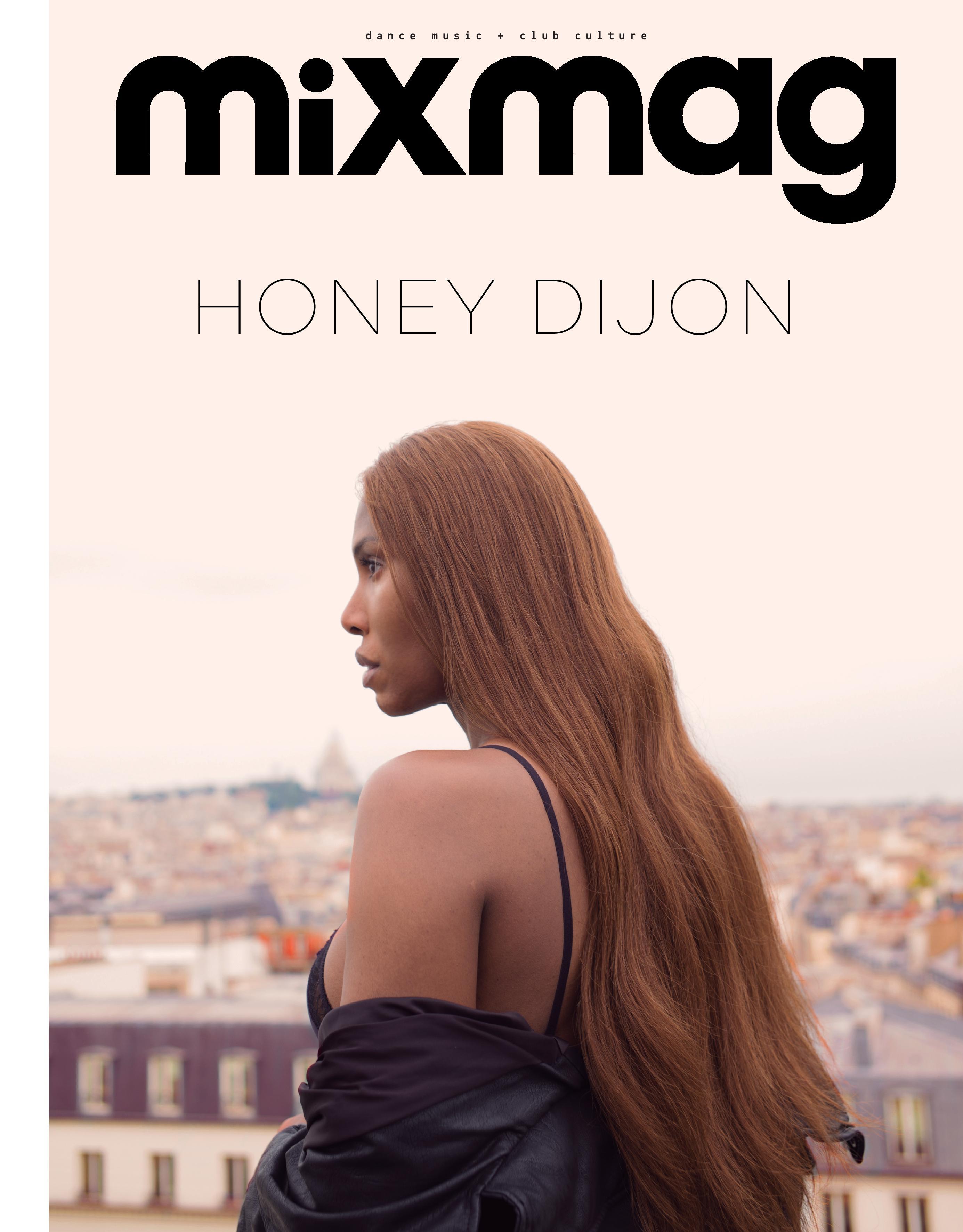
Honey Dijon
House music’s standard-bearer
An enduring inspiration as the first – or at least the most visible – transgender DJ to become a household name in this decade, Honey Dijon’s rise also signalled a return to prominence of genuine house music values. Having started where the genre itself started (Chicago) as a something of a protégé to the likes of Derrick Carter, she honed her craft – and lived the club life – in the maelstrom of 00s New York, becoming just as influenced by the likes of Danny Tenaglia, and her sets and productions reflect this Zelig-like presence at house music’s pivotal moments. And it’s this grasp of the true house music heritage, this authenticity, that makes her as big a draw at Glitterbox as at Berghain – and enabled us all to rediscover the golden thread that unites seemingly wildly different dancefloors across the scene. It’s no wonder she’s become a fashion icon, with brands from Dior to COMME des GARÇONS seeing in her something timeless and authentic yet also new, fresh and inspiring. Like the genre itself, she’s at once an outsider and a unifying figure; the spirit of house music in this decade, personified. Duncan Dick
Read this next: Incandescent teacher: Honey Dijon is lighting up the world of dance music
[Photo: Ricardo Gomes]

Bicep
Duo who turned curation into superstardom
‘Feel My Bicep’ was a brilliant name for a brilliant mix tape series. From Italo to disco to house, it built a legion of fans, showcased everything Andrew Ferguson and Matthew McBriar were about and took them from being bedroom bloggers to bona fide club heroes. It showed that trusted curators could also be the super-producers behind killer tunes; there’s no denying the power of ‘Glue’, ‘Opal’ and ‘Aura’. They also inspired a whole scene in their wake in Ireland, with the likes of Hammer and Brame & Hamo following their Italo lead (meanwhile Mathew’s sister Sarah was providing the ultimate local platform with her AVA Festival in their home town of Belfast). But perhaps their greatest trick was their transformation into a proper live sensation, akin to an Orbital or Leftfield of this decade. Following the release of their self-titled debut album in 2017 which saw them blend their love of vintage sounds like breaks, Italo disco and 80s electro into a heady concoction of their very own, the duo embarked on an extensive live headline world tour to sell-out venues across the world, including the US, Japan and Europe. Back in the UK, they sold out three consecutive dates at Printworks. Ralph Moore
[Photo: Dan Medhurst]
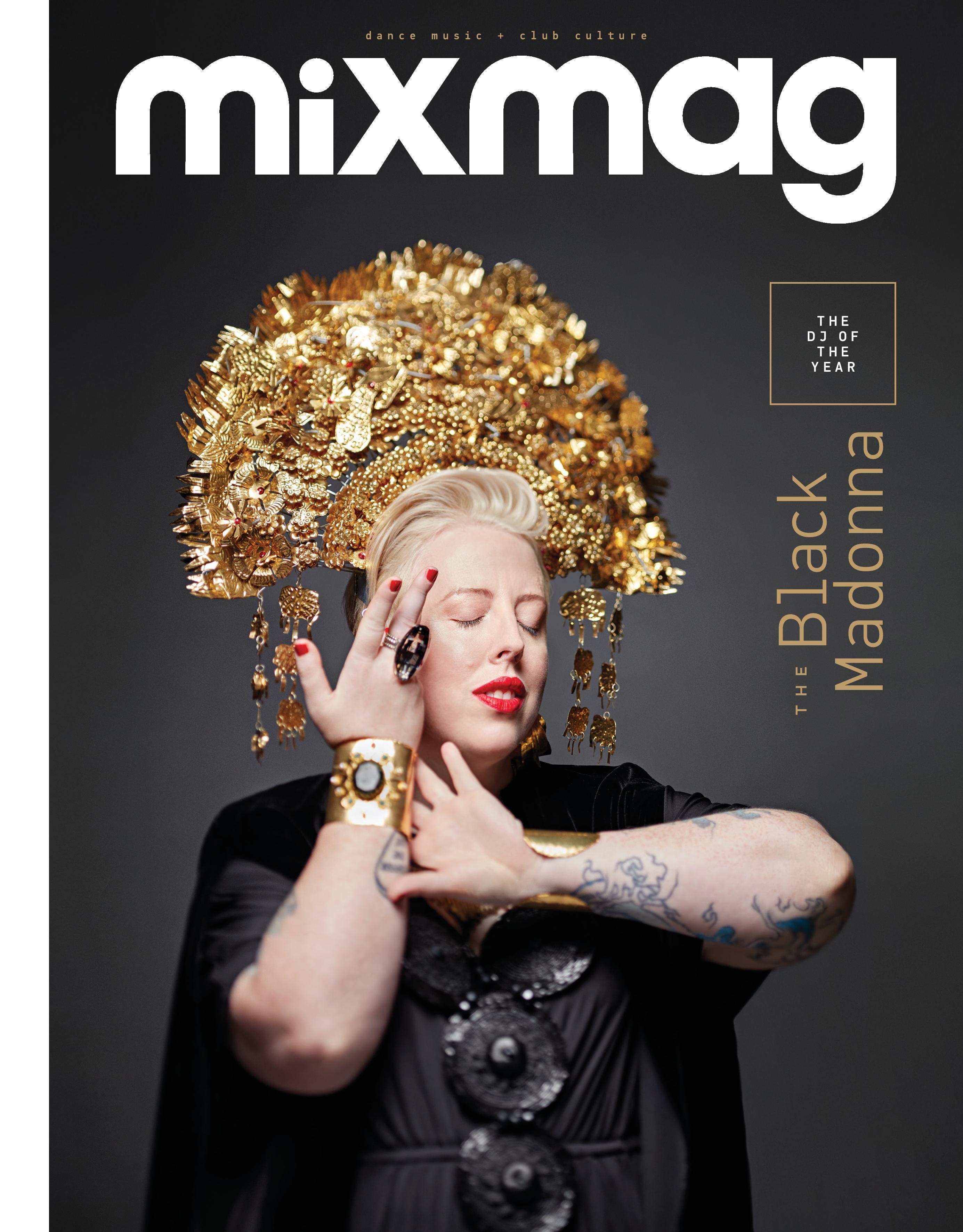
The Black Madonna
An unstoppable force for good
No-one embodies – or has driven – the positive changes in DJ culture of the last 10 years like Marea Stamper. Bursting into the wider consciousness thanks to her incandescent DJ sets midway through the decade, fame came in Marea’s late thirties, after half a lifetime involved in the culture from 90s raver to resident/booker at Chicago’s Smartbar. But it’s how she used (and continues to use) this platform to make a difference that has really changed the game. Not only to enrich the culture by turning the spotlight on a raft of DJs from Honey Dijon to Eris Drew to HAAi to Honey Soundsystem – many of whom, like her, had kept the underground flame in the Midwest burning during the early part of the century – but also by teaching a generation to have the courage of their convictions. “Our whole lives, every power structure, every scene, every dance club, everything is held together by the notion that women will not talk about certain things that have happened to them,” she told Mixmag prophetically in 2016, a year before the #MeToo movement crested. Raised in a ‘poor but intellectual’ family, finding solace from bullying as a teen through music, Stamper’s deeply compassionate, fearless sense of social justice and support for the disadvantaged runs through everything she does, whether that’s via her social media presence or her work as an ambassador for charity Help Refugees. Following her example, a generation of DJs, clubbers and artists have embraced their own power to make the world a better place. Duncan Dick
[Photo: Uli Weber]

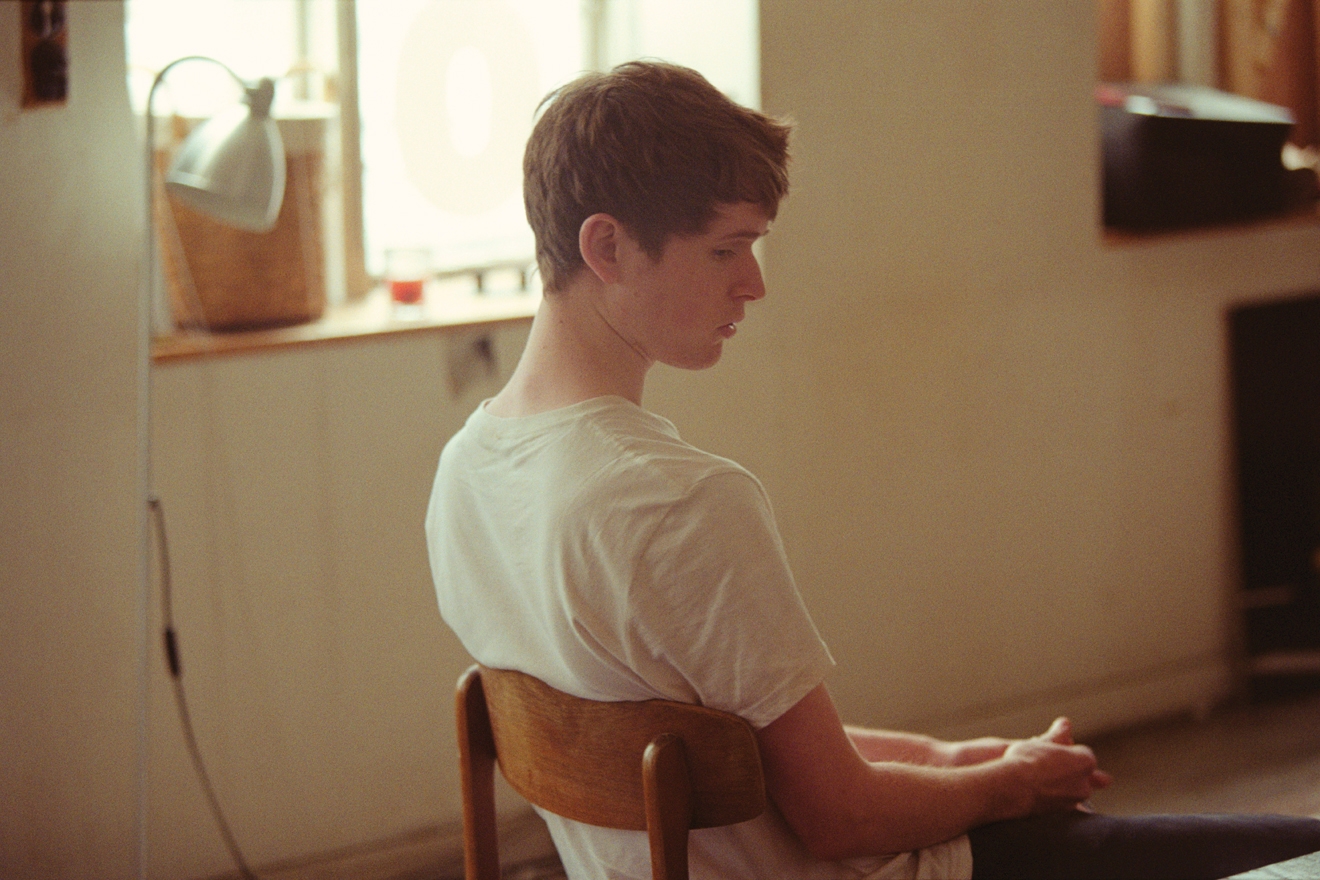
James Blake
From post-dubstep poster boy to one of the most important singer-songwriters of his generation
James Blake’s rise was dizzying. Even among the diverse and exploratory ‘post-dubstep’ climate of 2009-10, his first tracks stood out as out-there and ambitious – but by the beginning of 2011 he was on a major label, with a Top 10 album under his belt. And as the decade progressed, the head-spinning collaborations kept accumulating: Jay-Z, Beyonce, RZA, Kendrick Lamar, Andre 3000, Bon Iver, Frank Ocean, Brian Eno, Kanye... from that first album, Blake was on the global A-list and he’s stayed there ever since. But while he’s well and truly in the mainstream – and his eerie vocals and meandering composition style have helped define the zeitgeist of abstract r’n’b – he has never stopped weaving intense experimentation into that, nor severed his links to the music scenes he emerged from. He still records with his old friends, the now WARP-signed Mount Kimbie, and the 1-800 Dinosaur party crew – with whom he collaborated with grime outsider Trim in 2016 – and as well as r’n’b and rap stars, he works with the likes of avant electronica star Oneohtrix Point Never and the mighty ANHONI. His sound has continued to evolve, fleshing out, exploring extremes from suicidal depression to intense love, but there is a clear continuity through it all. US-dwelling A-lister he might be, but this is still the same artist who obsessively went to DMZ and FWD>> in the late 2000s, and British basslines and dub spaces still reverberate through his work. Joe Muggs

Diplo
From baile funk to country, he brought the world’s sounds to dancefloors – and the pop charts
When was it that, suddenly, everyone knew who Diplo was? For some, it was when Beyoncé sampled Major Lazer’s ‘Pon De Floor’ for her huge 2011 hit ‘Run The World (Girls)’. But if you were into dance music, Thomas Pentz from Mississippi was a long-established presence by that point. Via production for M.I.A and his debut album on Ninja Tune, Diplo showcased an outrageous talent for mashing genres together. He was as happy with crunk-fuelled southern US hip hop sounds as dubstep or the music of Brazil’s favelas – preferably all three smashed into each other in the bounciest manner possible. If bringing rhythms from all corners of the globe to the masses has been a constant theme of this decade, then no-one did it with more zest and on a bigger scale. He hit pay dirt with Major Lazer, running all his influences through Jamaican dancehall at its most electronic and gathering a Who’s Who of popular music to front it. ‘Lean On’, the 2015 collaboration with DJ Snake featuring MØ on vocals, became, for a while, Spotify’s most-streamed song of all time; a year later ‘Cold Water’ with Justin Bieber became an even bigger hit. Diplo used the group as a launch pad and went on to produce everyone from Madonna to Lil Yachty. His Mad Decent label has long been an emblem of global sounds (remember Baauer’s ‘Harlem Shake’?), while more recently he’s been focusing on super-group projects. First came Jack Ü with Skrillex then, this year, LSD with Labrinth and Sia and Silk City with Mark Ronson. Diplo, it would seem, is unstoppable. Thomas H Green
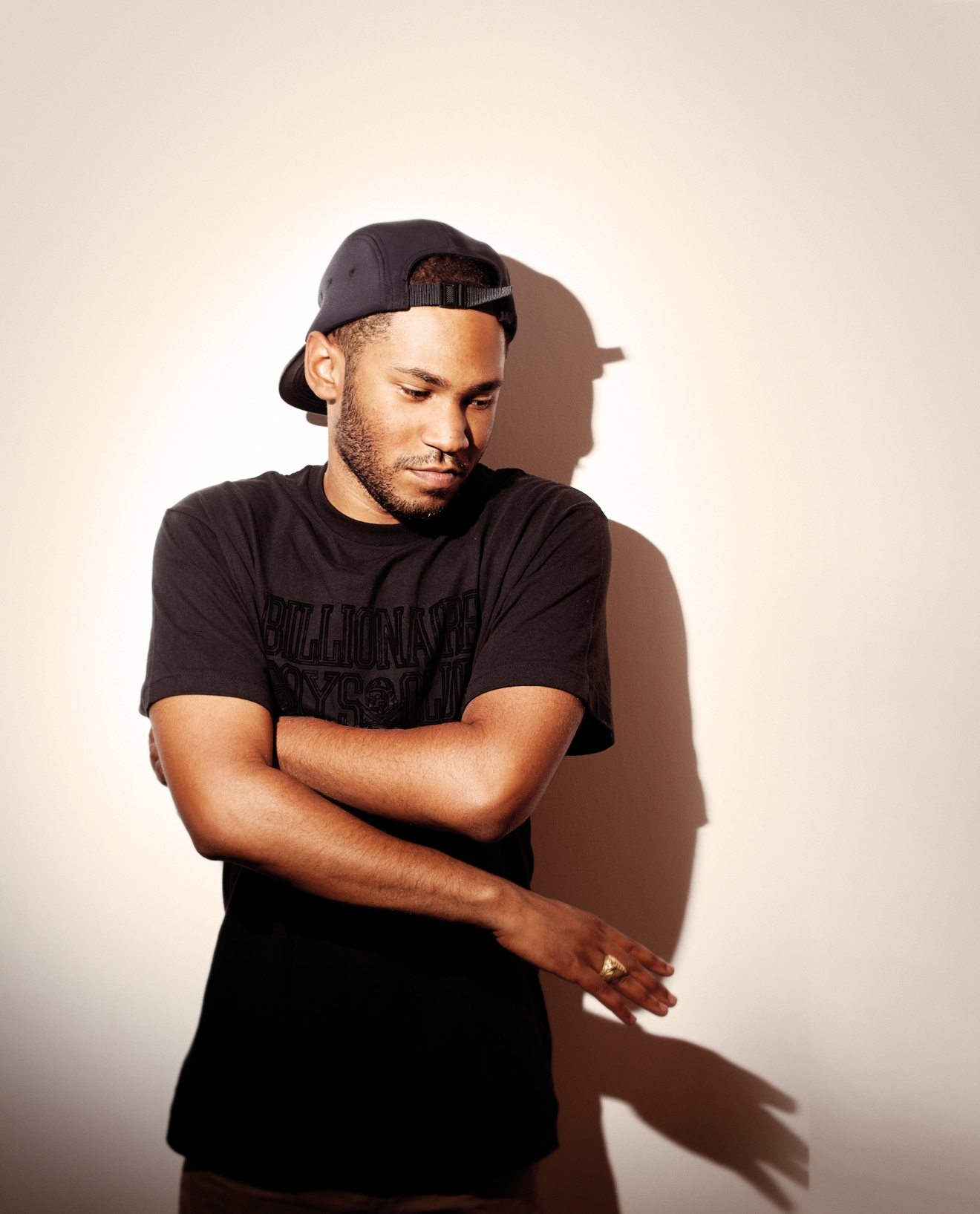
Kaytranada
From viral sensation to producer du jour
In 2019 a viral hit is all part of an artist’s story. Just look at how Tik Tok shot Lil Nas X to dizzying heights of fame, or the way in which prime Spotify playlist placements are highly coveted by those looking to turn their creative hustle into a lucrative career. But back in 2013, when Kaytranada bootlegs were being uploaded to YouTube and amassing hundreds of thousands of views, gaming social and streaming platforms was still seen as a fluke rather than a strategy. And the accounts curating the music, such as Majestic Casual, were labours of love, yet to turn into the business-minded operations they are now. Kaytray’s plays showed that artists could bypass traditional media in order to come up, proving that digital natives could transform themselves into music industry entrepreneurs overnight.
All of which caught him by surprise. His reworks of the great r’n’b and neo-soul singers made him internet famous, directing the spotlight right into this quiet, thoughtful young producer’s bedroom studio and giving him a one-way ticket to tour the world. He was a phenomenon who’d concocted a smooth new blend of house, hip hop, r’n’b and low-end frequencies, encapsulated in his first and only album so far, ‘Together’, along with countless remixes. But while he’d unwittingly help transform the music business, he was equally quick to realise that virality will only get you so far, making the transition to producer du jour for the likes of The Internet, Kali Uchis and Talib Kwali smoothly and successfully. As the decade closes, his sonic influence has infiltrated the upper echelons of hip hop and pop music, cementing his legacy long after those bootlegs have disappeared from the YouTube sidebar. Seb Wheeler
[Photo: Kevin Lake]
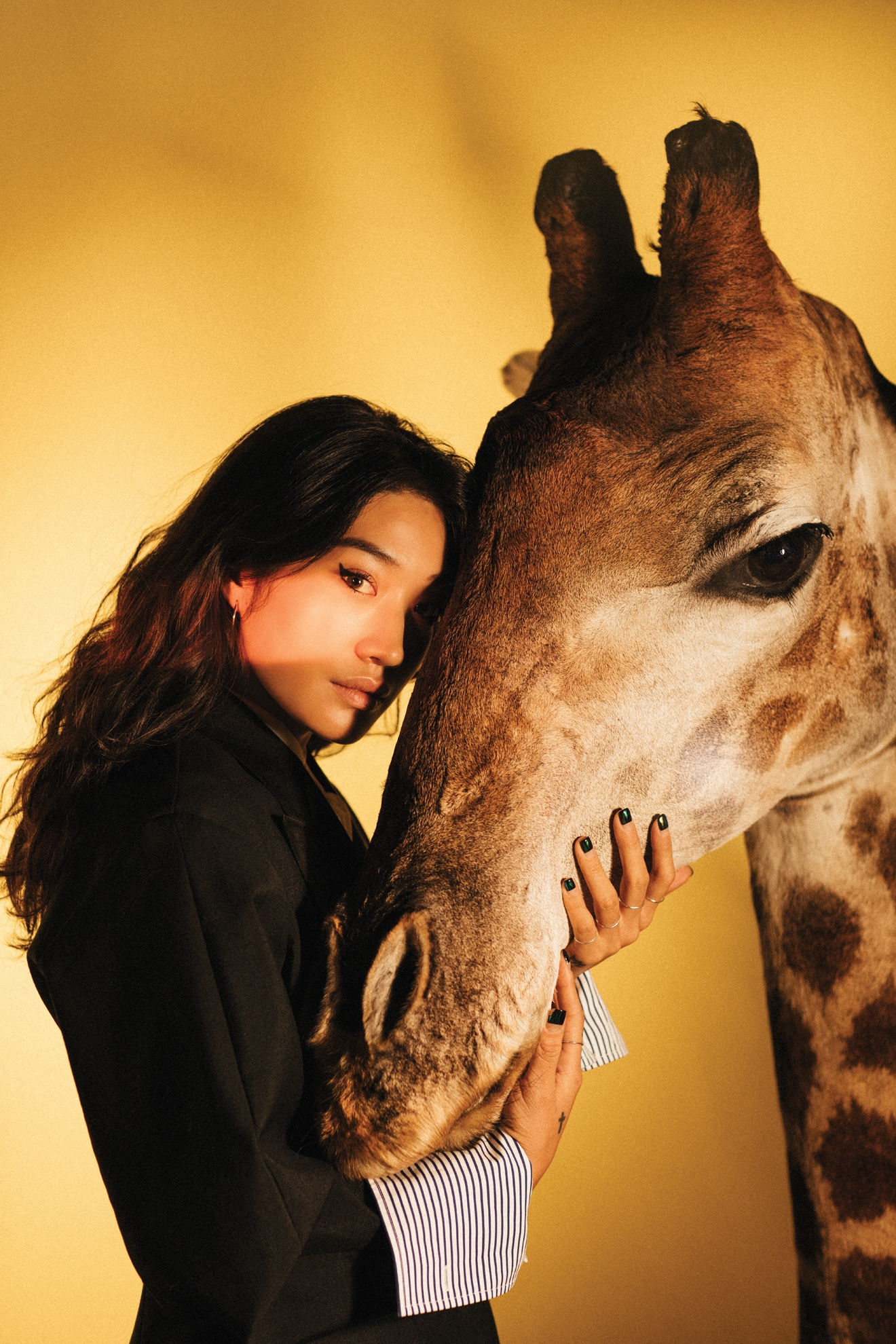
Peggy Gou
Gou mania is our reality – and it isn’t slowing down
Peggy Gou is a 360 phenomenon. The Berlin-based Korean initially turned heads in underground circles with a versatile DJ style that saw her as comfortable hammering Berlin techno as classic disco. But from the dawn of 2017, following the release of the brilliantly elastic Metro Area-esque ‘Gou Talk’, Gou-Mania has been in overdrive. Gigs at Berghain, De School and DC10 came flooding in before an afternoon set at Glastonbury that year saw the rise of the ‘Peggy Shoe’ craze, where ravers the world over started to take off their shoes and raise them in the air in approval at her shows. Simply having an Asian woman as one of the world’s biggest DJs is both positive and unprecedented, and a testament to her strength in overcoming the conventions and assumptions of the music industry. In 2018, she signed to Ninja Tune, her track ‘It Makes You Forget (Itgehane)’ was inescapable, and she played almost 200 shows. But it’s her role as electronic music’s first ‘multi-hyphenate’ – Instagram influencer, fashion designer (with her own label, Kirin) and fashion icon (starring in her own Nike campaign, for example) – that has opened up possibilities and collaborations that no other DJ has fully explored before. Sean Griffiths
[Photo: Dan Medhurst]
Read this next: Peggy Gou: Welcome to the age of Gou-mania
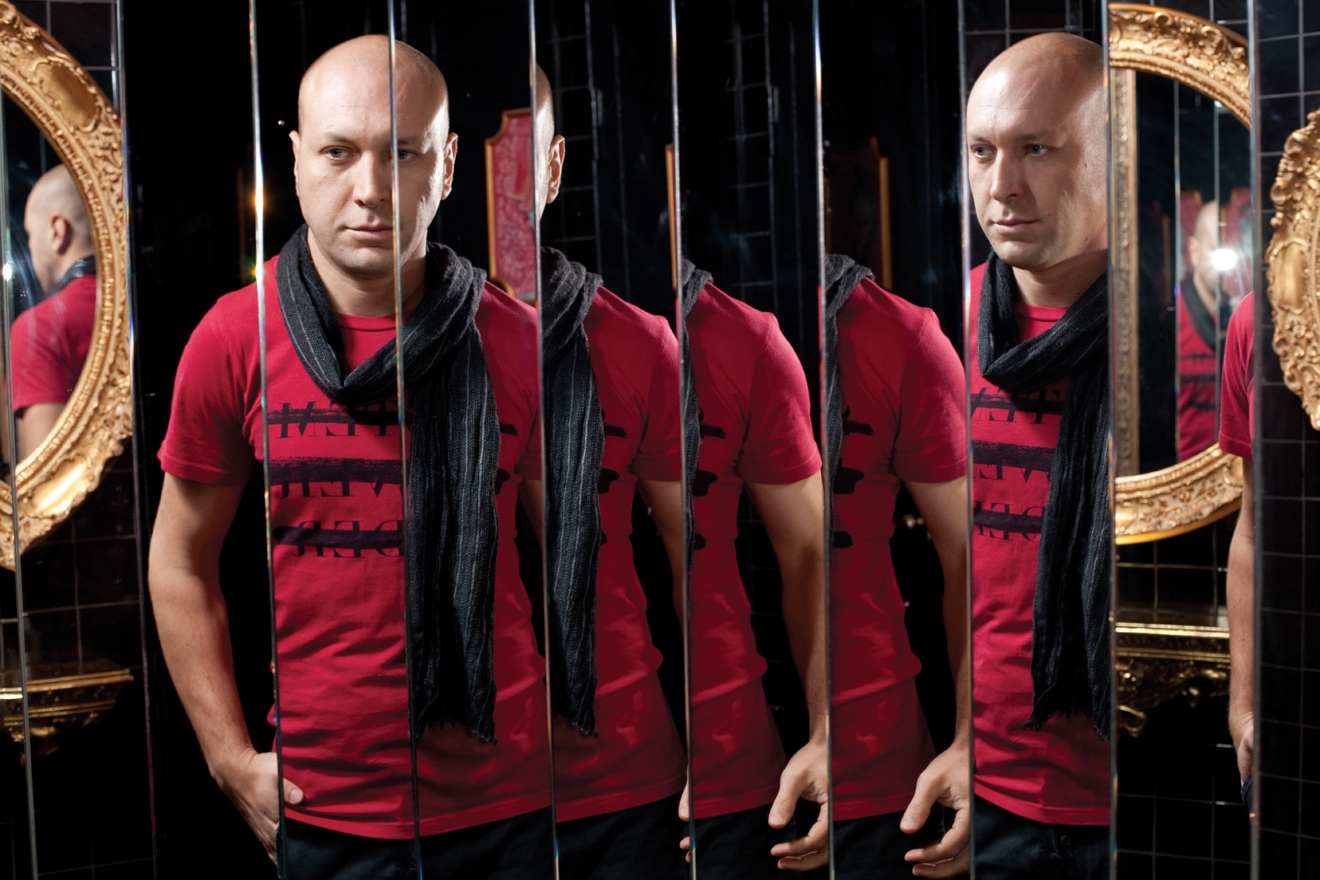
MARCO CAROLA
The architect of ‘business techno’
When Richie Hawtin, Sven Väth, Ricardo Villalobos et al masterminded the ‘minimal’ movement in the mid-00s at their epic Ibiza afterparties, Marco Carola was as likely to be found in the kitchen cooking up pasta for the gang as he was behind the decks. But he was watching and learning, and perfecting his own recipe for success. Following an acrimonious, almost oedipal split from Papa Sven in 2012 (“I saw all my babies were growing out of their children’s shoes and wanted to go their own way,” Sven told us a few years later, without naming names; “I’m not friends with all of them any more because some were very rude. They didn’t say goodbye properly, or in a good way,”) Carola perfected the business model for techno with Music On, the most profitable underground night in Ibizan history. His drama-filled, irresistible techno and tech-house sound – somehow impossible to hear without imagining the red floodlit dancefloors of Amnesia – powered a juggernaut of a brand, at first triangulating between Ibiza, Miami and his hometown of Naples before becoming truly global. When he split this year with Music On to join the refitted Pacha as resident, it sent shockwaves through the techno world once again – and also sparked a €4.48m court case. But for the Neapolitan who proved categorically that underground music can be as commercially successful as any other, you suspect that once again it was nothing personal; just business. Duncan Dick
[Photo: Joe Plimmer]

SOPHIE
A high-powered and high-octane producer and singer who’s changed the face of pop this decade
Glaswegian artist SOPHIE is a pop star – just not in the traditional, Britney-style choreographed dance routine broadcast live on MTV kind of way. Instead, SOPHIE is an entirely pop-facing, club-routed beacon of dizzying light for a disruptive and digitally-raised generation of music fans who have no qualms or distaste for what ‘pop’ usually connotes among chin-strokey electronica types.
Thanks to this, she’s a crowd favourite everywhere from London venues like fabric to Heaven right through to the likes of Coachella and Sónar. The very idea that someone from the weird, wonky and previously ridiculed fringes of electronic dance music could perform to thousands at such affairs is an industry shift in itself that’s become all the more apparent towards the latter half of the decade.
Be it her years spent behind the scenes infiltrating mainstream pop with her manipulated take on the genre’s traditional tropes (Charli XCX, Madonna and Lady Gaga just some of her collaborators), early releases on hometown label Numbers, excursions as part of groundbreaking, free-wheeling PC Music crew (a collective, label and now entire genre tag which has spent most of the decade skewering dance music with a polarising, saccharine-sweet and highly conceptualised take on the concept of pop with the wild enthusiasm of an E-numbered child let loose in the sweets aisle) or her Grammy-winning, critically-acclaimed debut album ‘Oil Of Every Pearl’s Un-Insides’, SOPHIE’s evolved with ease from an enigmatic producer with a few bubblegum bangers into a leading lady with two disparate yet increasingly connected musical worlds at her feet. Jasmine Kent-Smith
[Photo: Luke Curtis]
Read this next: Post-PC Music: How the London label inspired a new stage in the pop continuum


